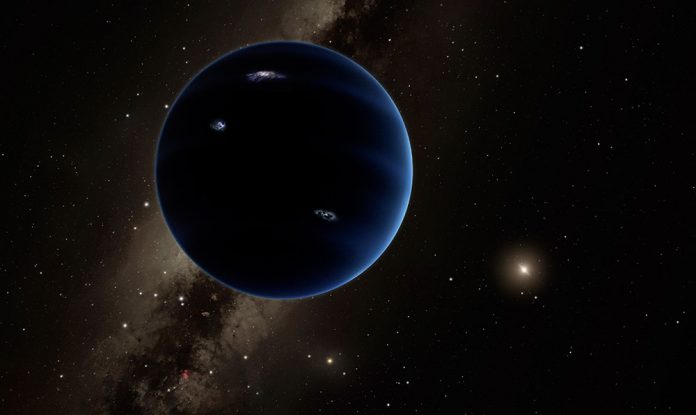Scientists at the University of Arizona found a new friend last year — the smallest near-Earth asteroid ever observed.
At 6 feet across, the small space stone named 2015 TC25 was also found to be one of the brightest near-Earth asteroids ever discovered. Using information from four different telescopes, a team of scientists reported 2015 TC25 reflects around 60 percent of the sunlight that hits it.
Identified by the Catalina Sky Survey last October, 2015 TC25 was analyzed extensively by Earth-based telescopes throughout a close flyby that saw the space rock sailing past Earth at just 80,000 miles away, one-third of the distance to the moon.
In their report, the researchers said new observations from the NASA Infrared Telescope Facility and Arecibo Planetary Radar revealed that the exterior of 2015 TC25 is just like an uncommon kind of highly-reflective meteorite known as an aubrite. Aubrites are composed of brilliant minerals, mostly silicates, that developed in an oxygen-free, basaltic habitat at extremely high temperatures. Just one out of every 1,000 meteorites that fall to Earth is a part of this class.
Small near-Earth asteroids the same size as 2015 TC25 do fall to Earth and scientists discover them frequently, but not very much is known about them as they are challenging to characterize. By investigating such items in more detail, scientists said they hope to learn more about the parent bodies these meteorites come from.
Asteroids are leftover fragments from the creation of the Solar System that generally orbit sunlight between the orbits of Mars and Jupiter today. Near-Earth asteroids certainly are a subset that cross Earth’s path. More than 15,000 near-Earth asteroids have been found so far.
The study researchers said are curious about meteoroids like 2015 TC25 since they are the precursors to meteorites impacting Earth.
“If we can discover and characterize asteroids and meteoroids this small, then we can understand the population of objects from which they originate: large asteroids, which have a much smaller likelihood of impacting Earth,” study author Vishnu Reddy, a planetary scientist at the University of Arizona, said in a news release. “In the case of 2015 TC25, the likelihood of impacting Earth is fairly small.”















